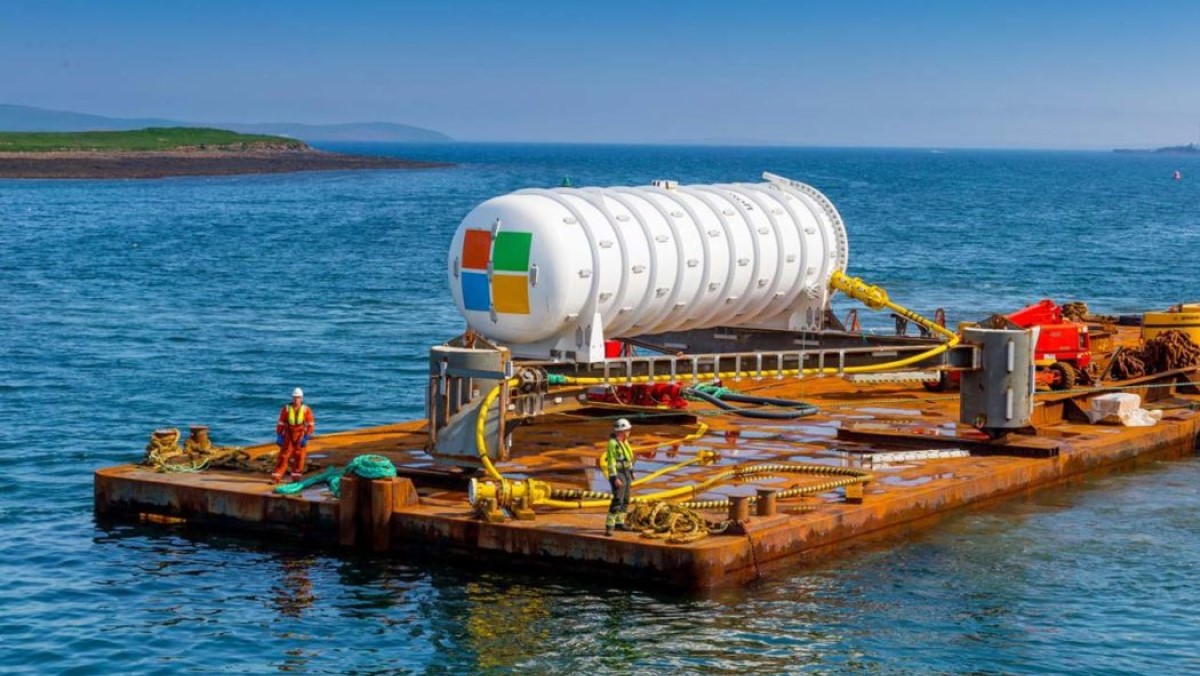Microsoft’s Underwater Data Center Can Improve Internet Speed

Back in 2020, Microsoft funded a $25 million project called Natick. The goal was to provide lightning-quick cloud services to coastal populations and save energy. To achieve this goal, Microsoft conducted some tests by putting data centers underwater near coastal cities.
This way, data would have a short distance to travel, leading to fast and smooth web surfing, video streaming, and smoother online gaming. Since more than half the world’s population lives within 120 miles of the coastal area, it is a rather ingenious idea.
Why did Microsoft put the data center underwater?
The concept was first proposed at Microsoft in 2014 during the ThinkWeek. An event that gathers employees to share out-of-the-box ideas. The main idea included using consistently cool sea surfaces to regulate the temperature of the underwater data center.
Microsoft also made energy-efficient designs by implementing heat-exchange plumbing into the data center. The company also tested and monitored the performance and reliability of the data center servers underwater. The only disadvantage these underwater data centers have is that they can’t be serviced regularly.
However, they also don’t require expensive real estate and get free cooling from seawater. The servers aboard project Natick also showcased one-eighth of the fail rate compared to a traditional server in a human-serviced data center. Microsoft believes this was partly due to the sealed inert nitrogen inserted in the data center before its deployment.
Project Natick seeks to understand the benefits and difficulties in deploying subsea datacenters worldwide. Phase two extends the research we accomplished in phase one by deploying a full-scale datacenter module in the North Sea, powered by renewable energy.
Microsoft
Traditional data centers require excessive humidity and are filled with oxygen for human technicians, which can cause the chemical corruption of components. A lack of mistakes by the same human technicians can also lead to a low failure rate.
The project’s second phase will see Microsoft deploy another underwater data center in the North Sea. A few years from now, there might even be a time when most data centers adopt a similar working model. Let us know what you think about the underwater data centers in the comment section below.






